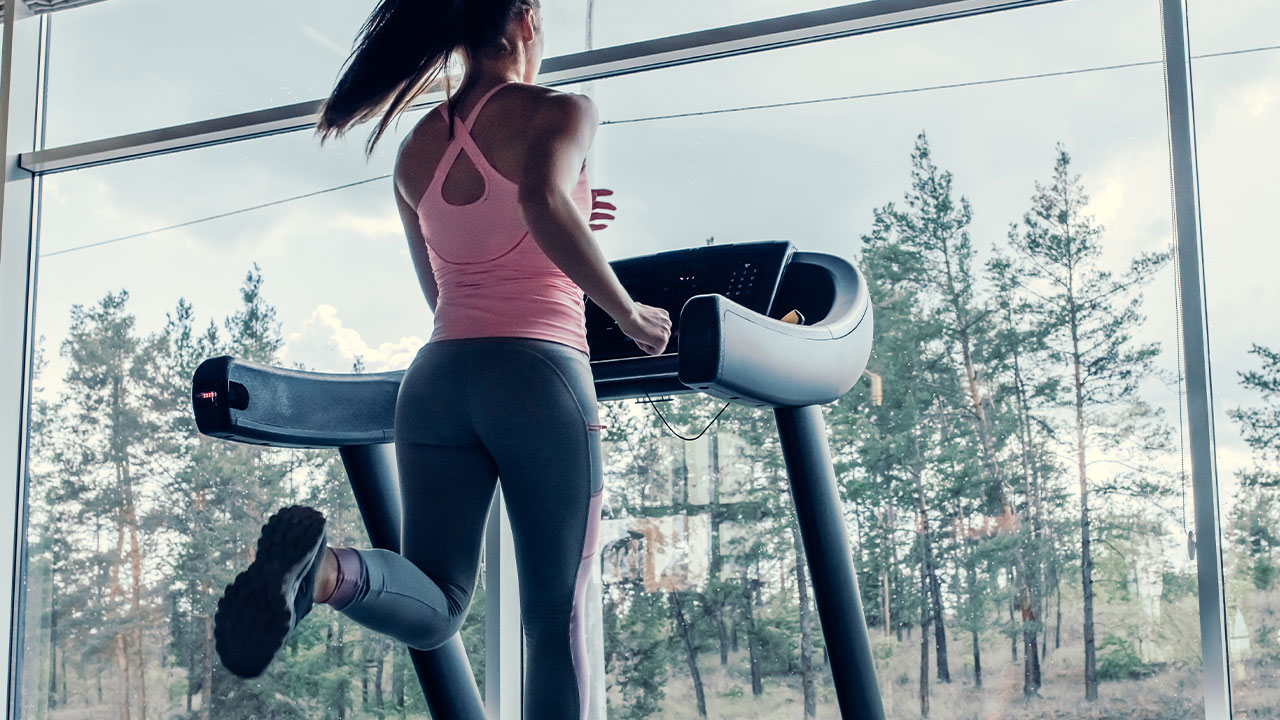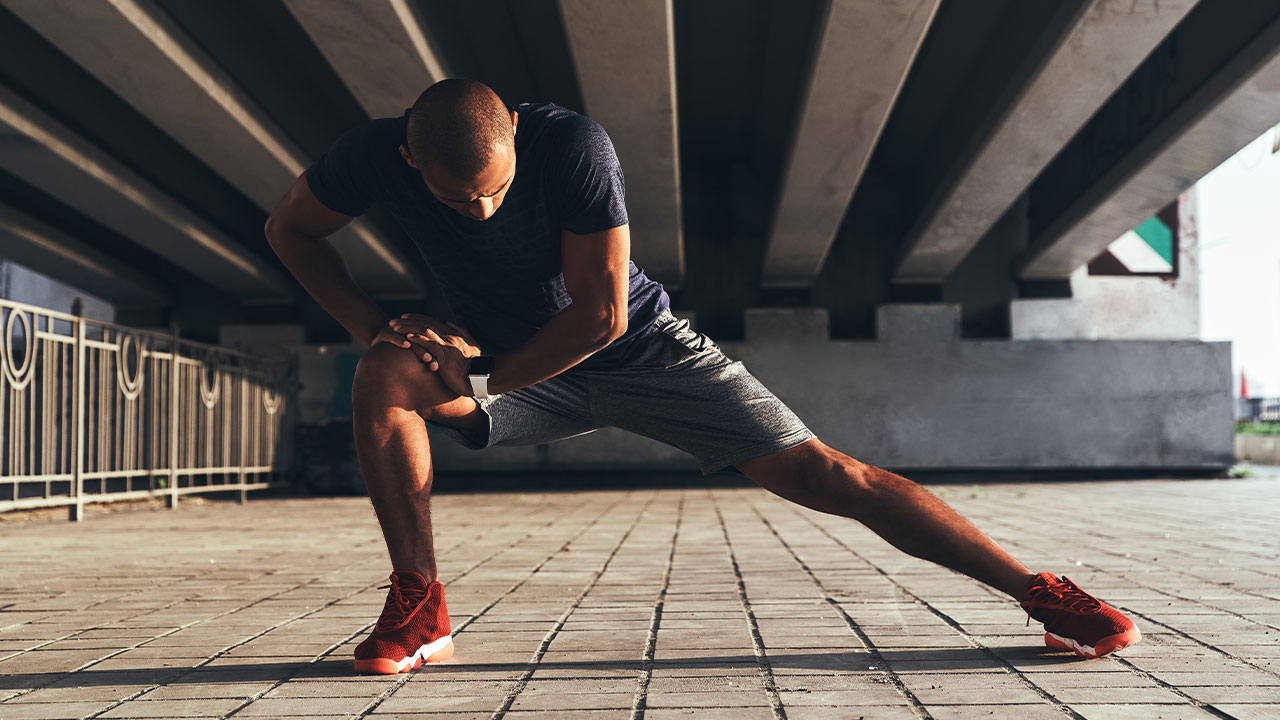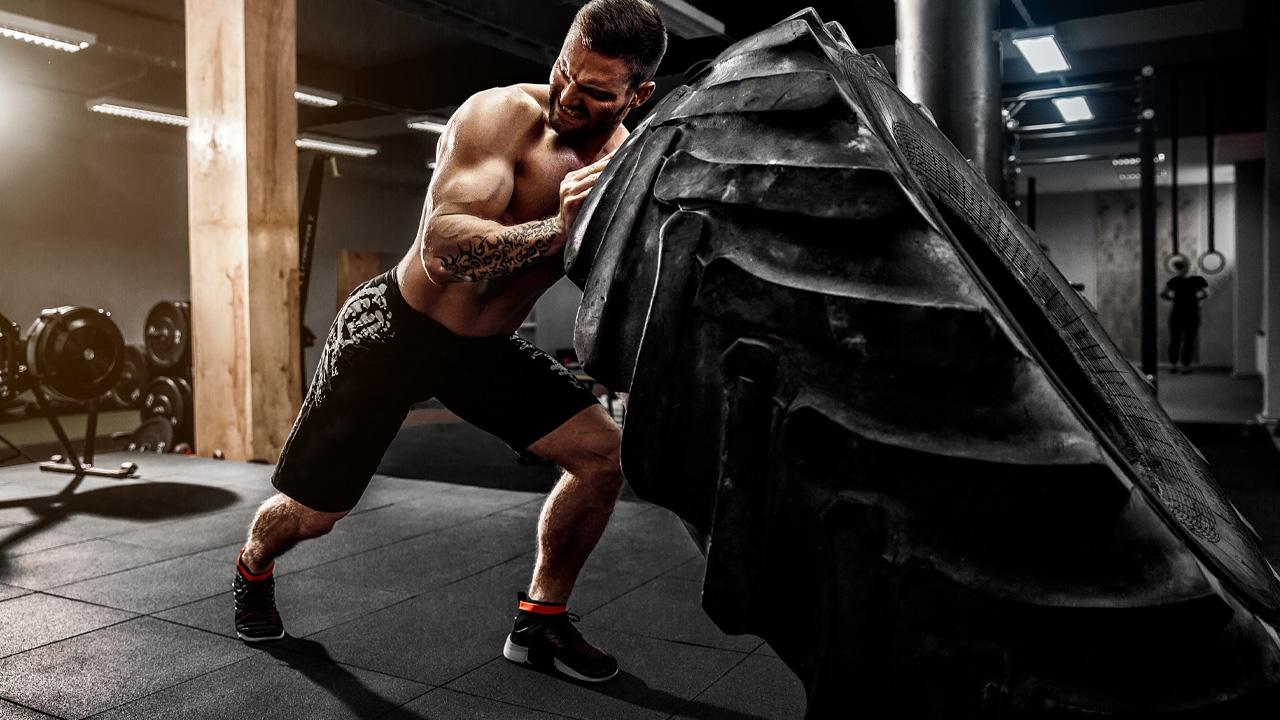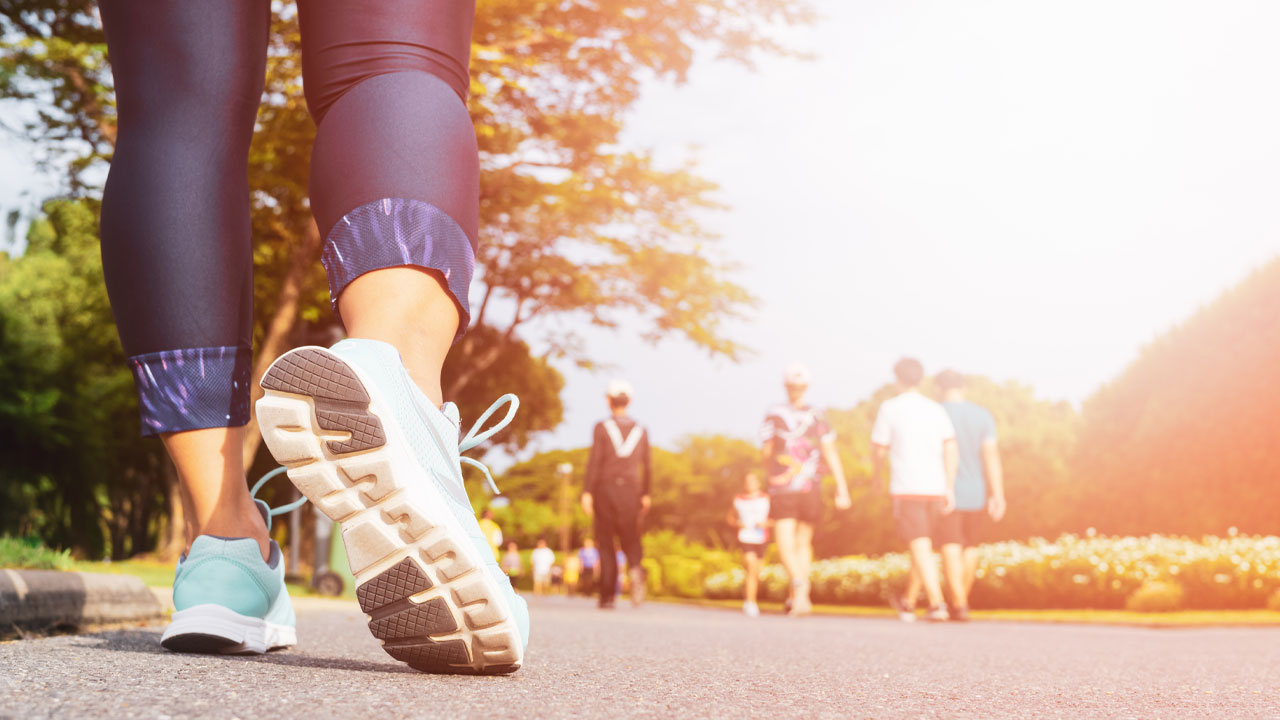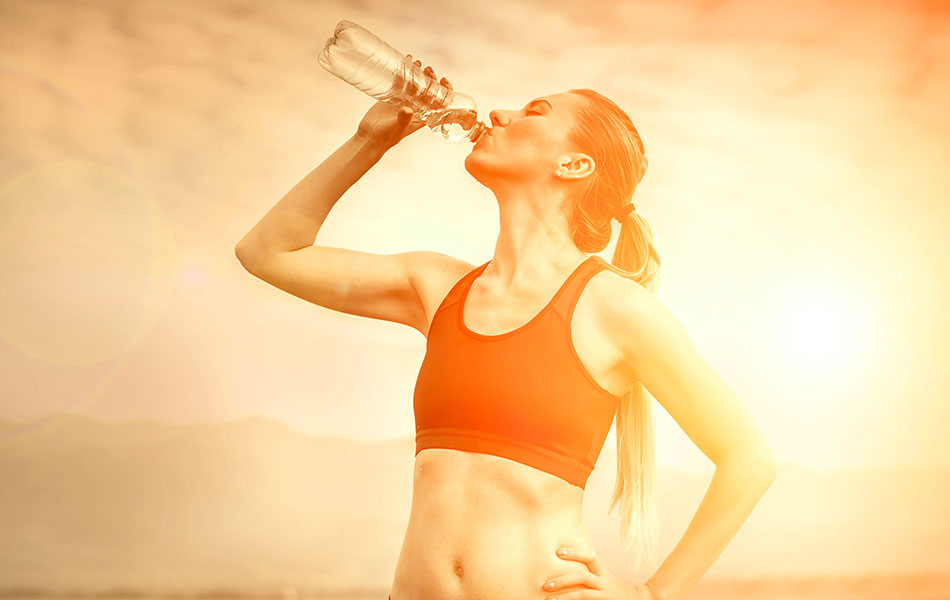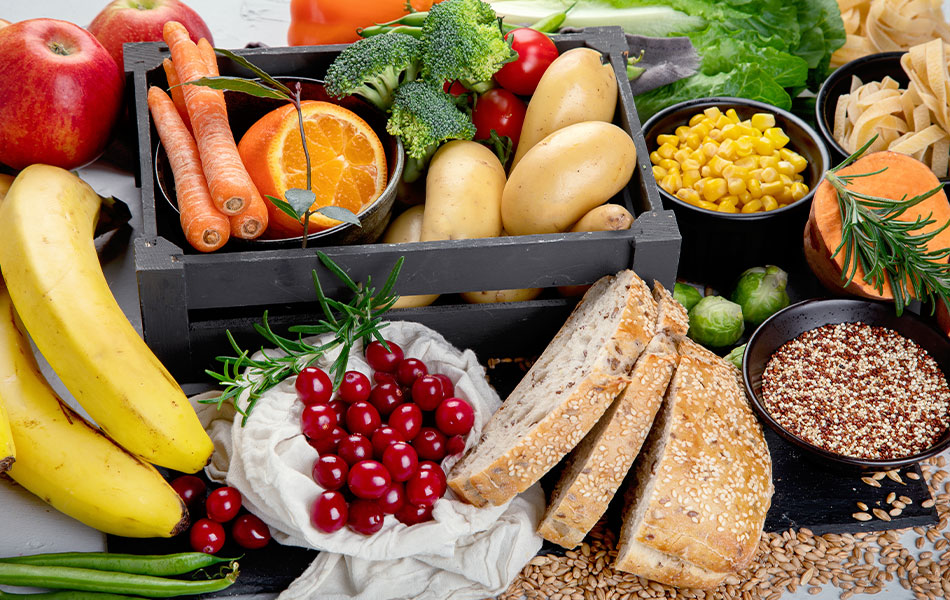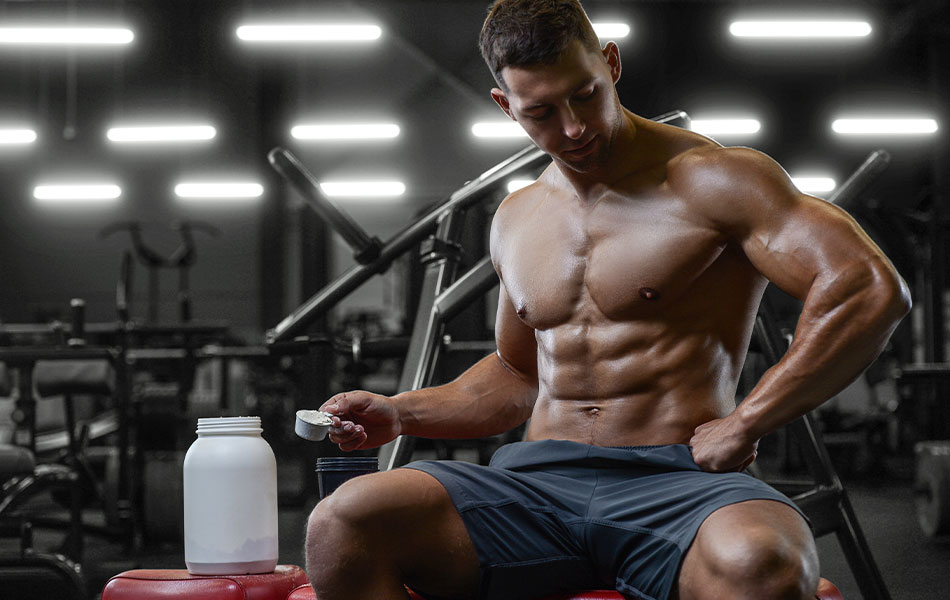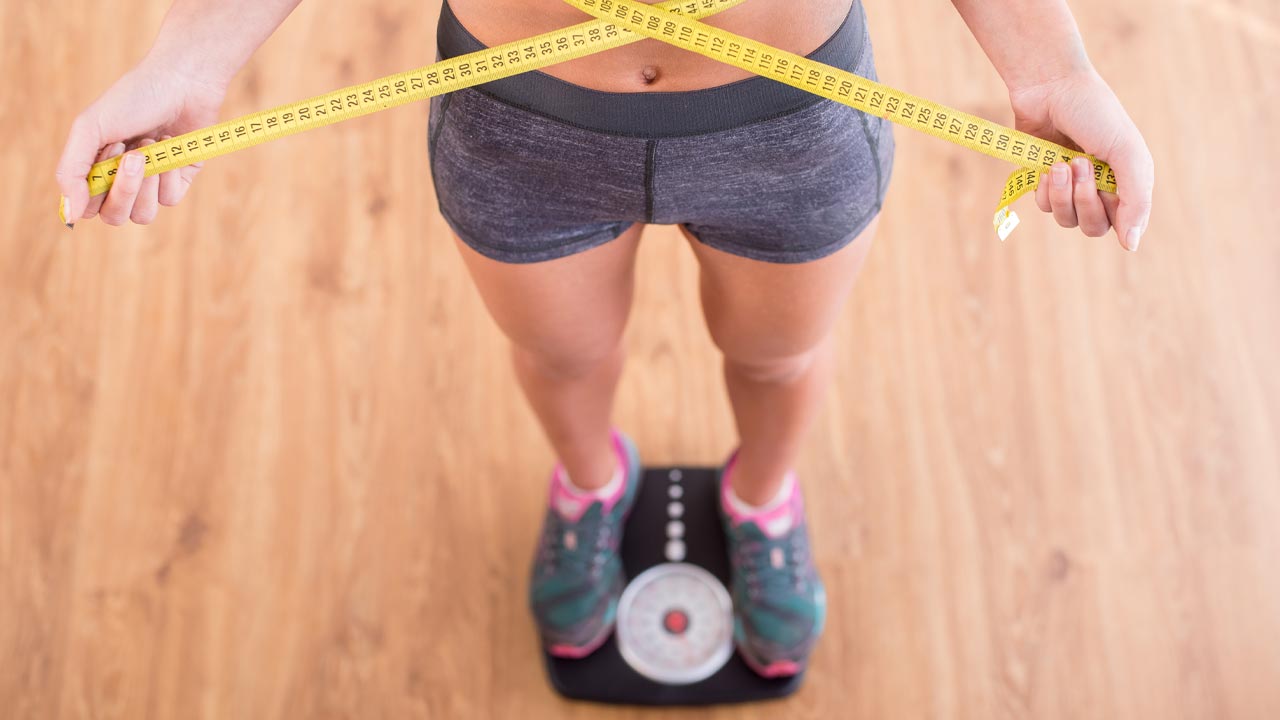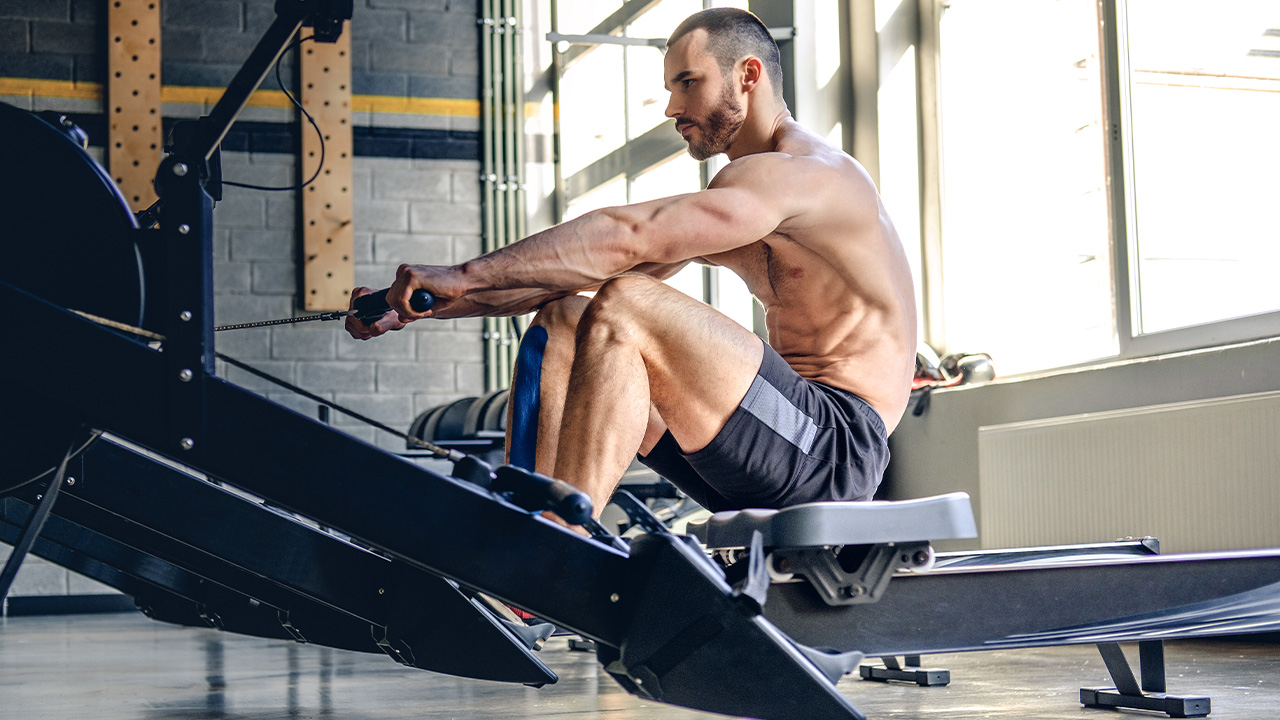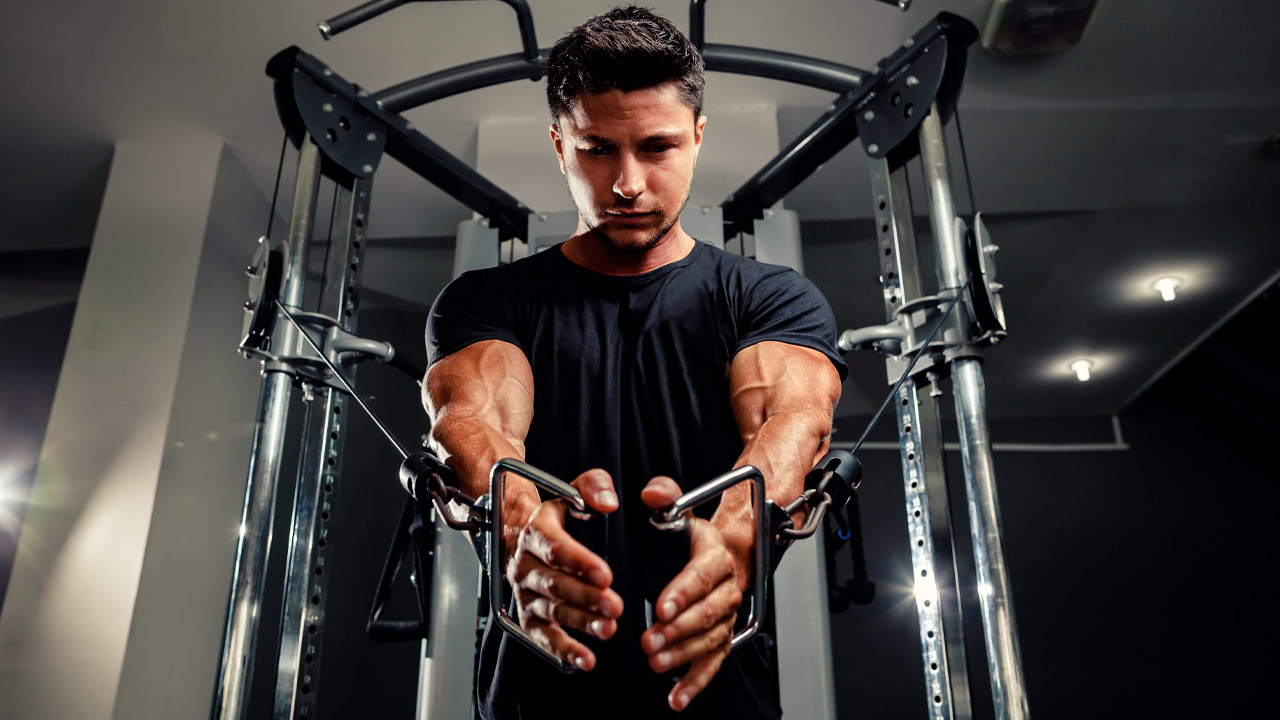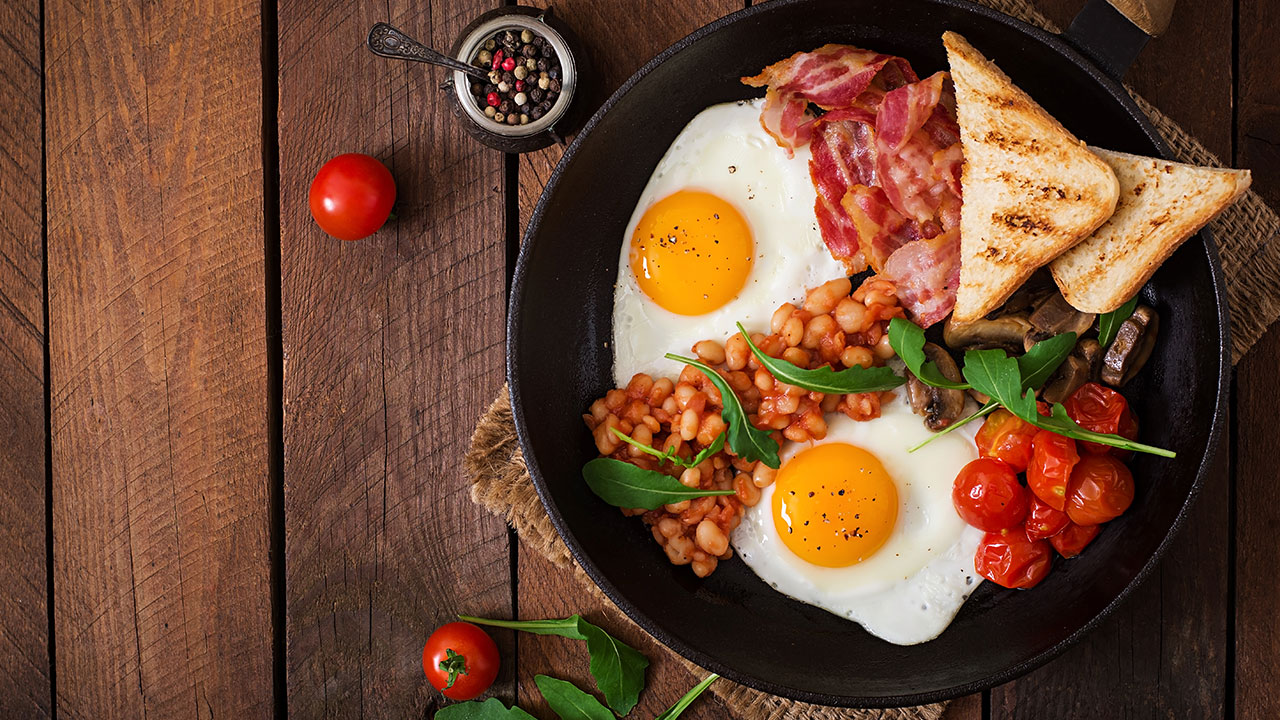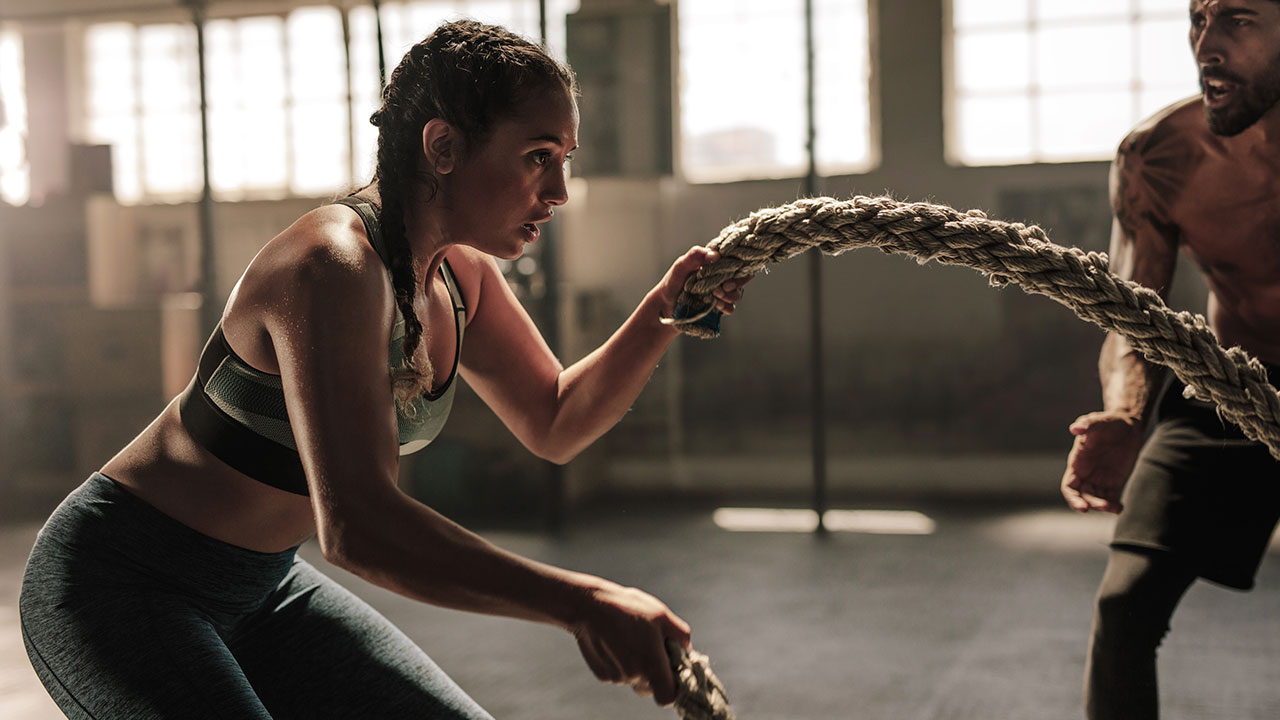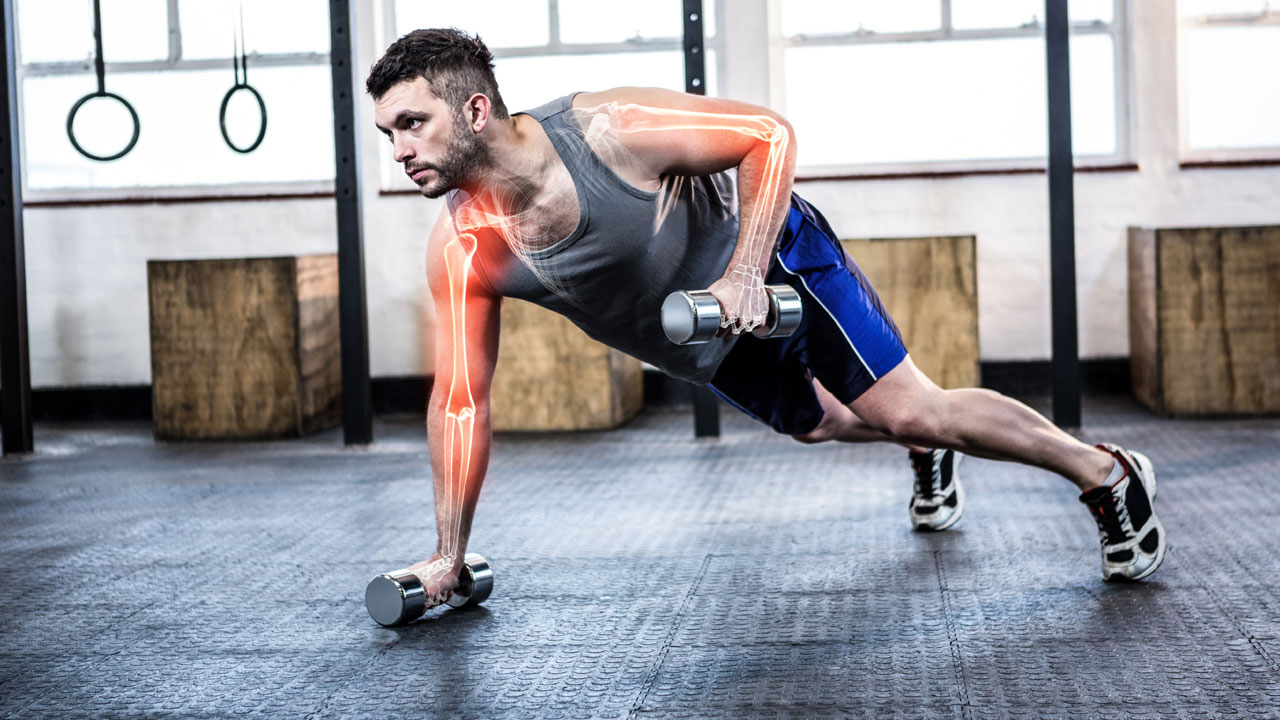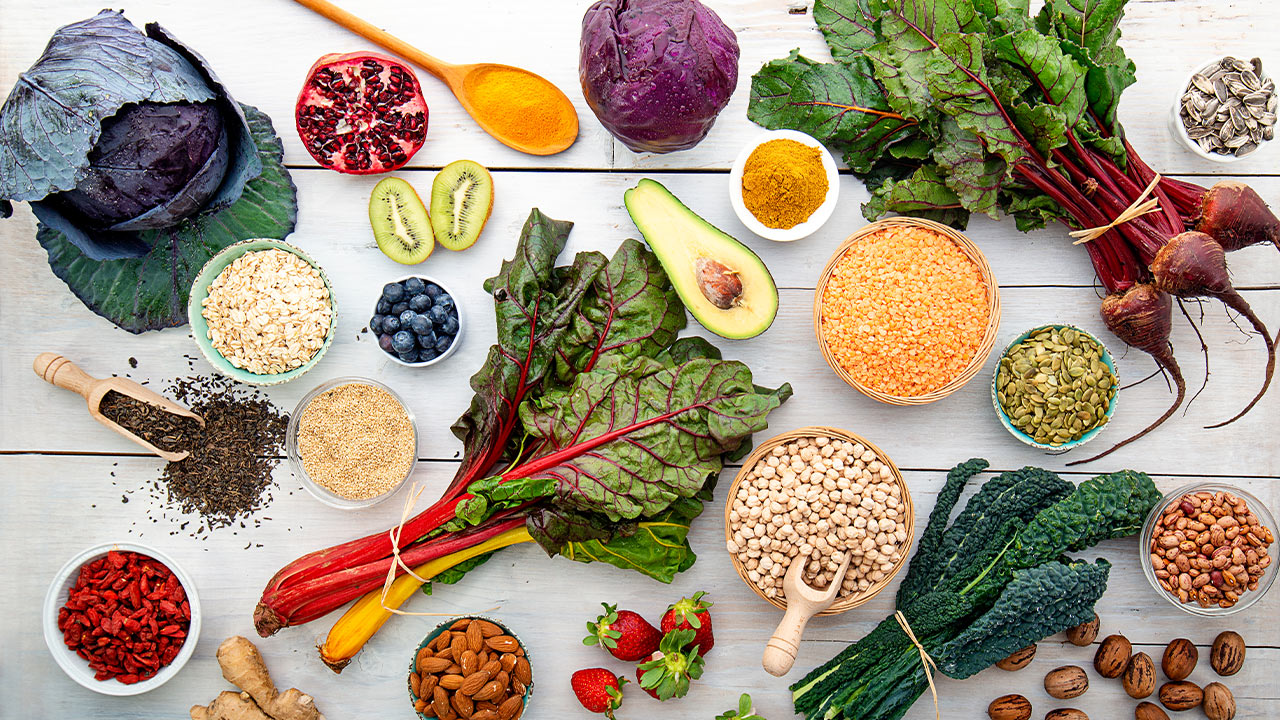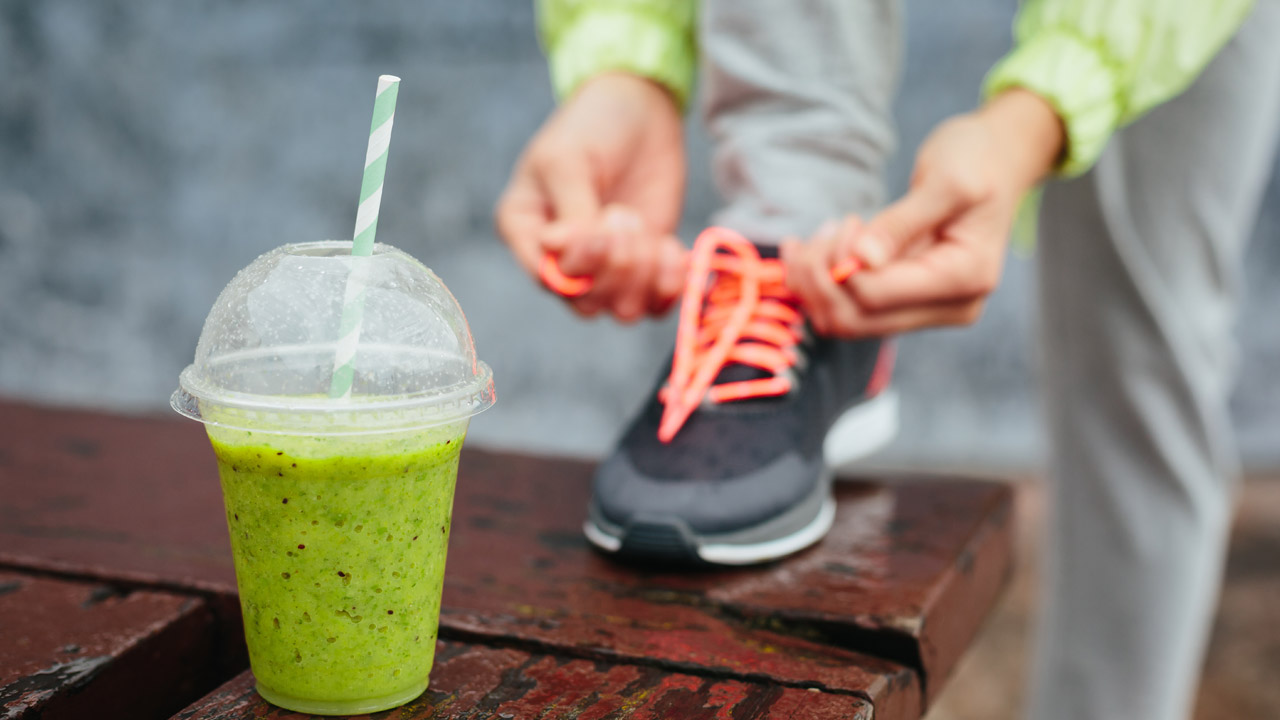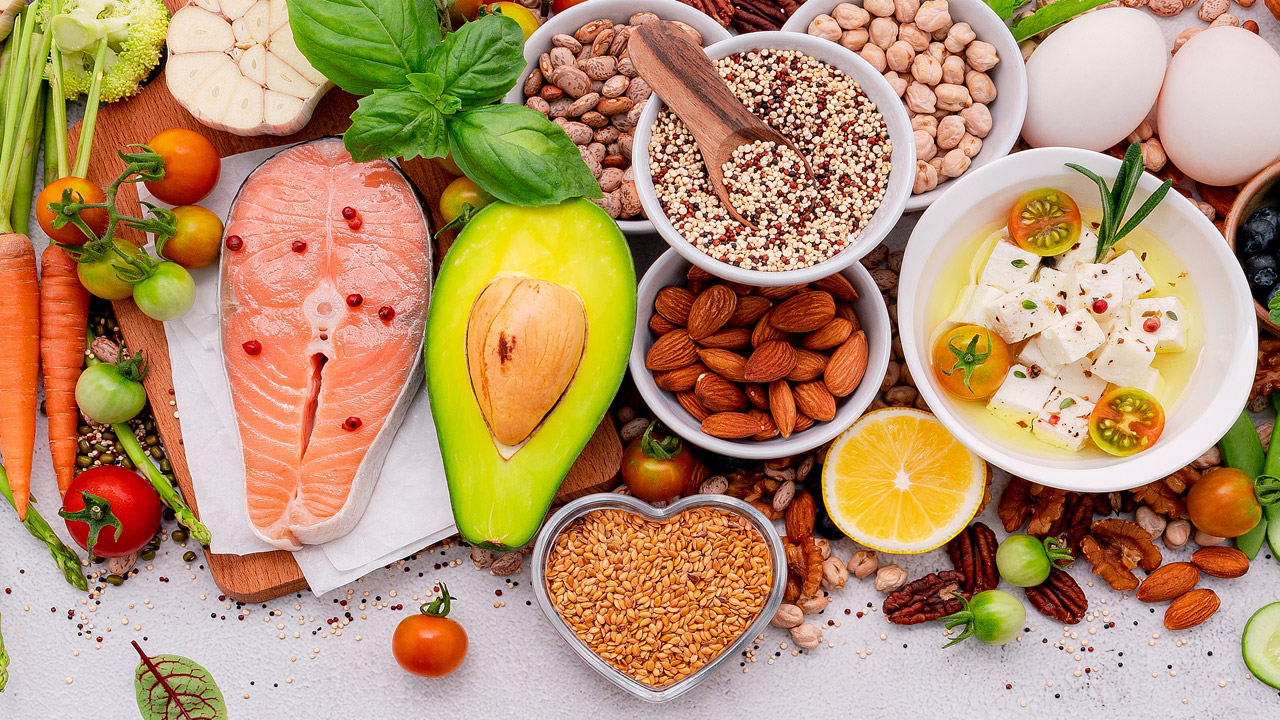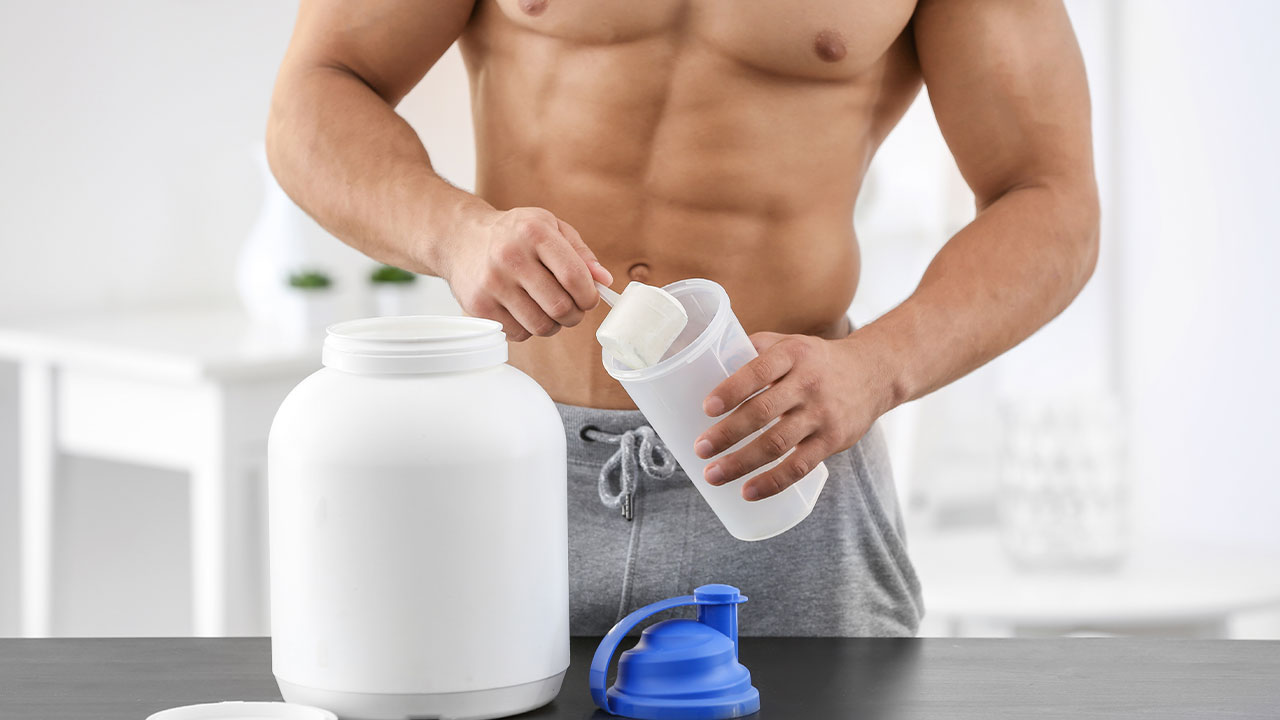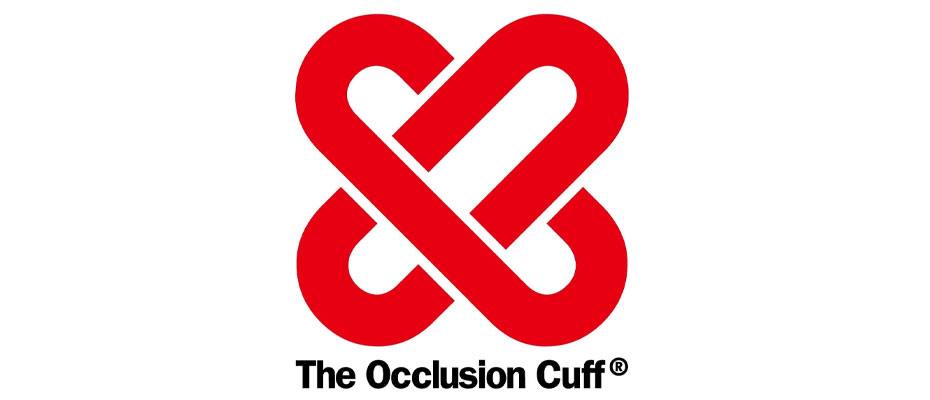Why Controlling Blood Sugar Is The Key To Weight Loss

Hey Angels and Alphas,
When you’re trying to lose weight, your end goal should be to drop pounds in a way that doesn’t damage your long-term health or cause you to regain the weight back. The key to achieving this goal lies in having good blood sugar control. Here’s how it works, why it matters, and what you can do to achieve it.
You don’t feel hungry
When you have high blood sugar, your body doesn’t signal to your brain that it’s time to eat. This can lead to overeating and weight gain. On the other hand, when you have low blood sugar, you may feel hungry even if you’ve just eaten. That’s because your body is trying to raise your blood sugar back to a normal level. If you can control your blood sugar, you can control your weight.
You lose your cravings
When you have stable blood sugar levels, you won’t experience the highs and lows that come with spikes and crashes. This means you won’t be as likely to crave unhealthy foods. Plus, when you do eat, you’ll be able to better control how much you eat since your blood sugar levels will be more stable. You’ll feel fuller faster: Again, this is because of steadier blood sugar levels. If you’re eating whole grains instead of processed carbs or sugars, then it’s not too hard to stay full for longer periods of time. You’ll also have a lower risk for heart disease: high blood sugar can lead to heart disease in the long run so being careful about your intake is key.
You have less sugar highs and lows
When you have less sugar highs and lows, you have more stable energy levels throughout the day. This can help with weight loss because you’re not as likely to experience extreme hunger or cravings that can lead to overeating. Plus, when your blood sugar is balanced, you’re less likely to experience fatigue, which can also lead to weight gain.
Instead of burning carbs, you burn fat
When you eat carbs, your body breaks them down into glucose, which is then used for energy. However, if you eat too many carbs, your blood sugar levels can spike and you can end up storing more fat than you burn. That’s why it’s important to control your blood sugar levels when trying to lose weight.
There is no yo-yo effect
When you control your blood sugar, you are essentially putting your body into fat-burning mode. This not only helps with weight loss, but also prevents the dreaded yo-yo effect, where you lose and gain weight constantly. Plus, keeping your blood sugar in check can help reduce cravings and keep energy levels stable.
Your mood improves dramatically!
Stabilizing blood sugar not only helps to control hunger, but it also helps to regulate mood. When blood sugar is balanced, you tend to feel more even-keeled throughout the day. This can make it easier to stick to your diet and avoid making poor food choices when you’re feeling cranky or emotional.
Tips for controlling your blood sugar.
1. Start your day with a nutritious breakfast that includes protein and fiber to help stabilize your blood sugar levels throughout the day.
2. Avoid sugary snacks and drinks, as well as refined carbs like white bread and pasta, which can cause blood sugar spikes.
3. Eat smaller, more frequent meals instead of large ones to help keep your blood sugar levels steady.
4. Exercise regularly, which can help manage blood sugar levels by burning off excess sugar in your bloodstream and decreasing inflammation.

